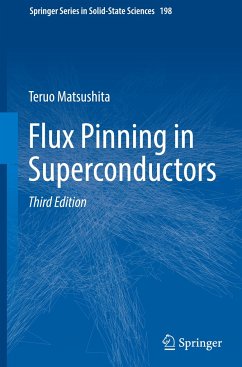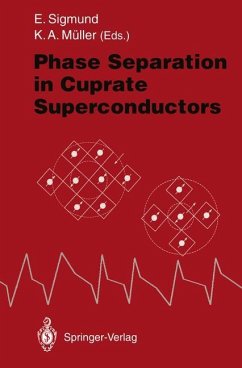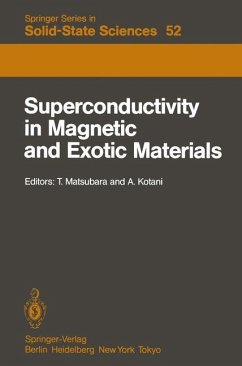
Magnetic Flux Structures in Superconductors
Extended Reprint of a Classic Text

PAYBACK Punkte
38 °P sammeln!
The first edition of this book provided an introduction to the many static and dynamic features of magnetic flux structures in what are now called classical or low-temperature superconductors. It went out of print not long after the discovery of high-temperature superconductors in 1986 by J.G. Bednorz and K.A. Miiller, a discovery which resulted worldwide in an explosive growth of research and development in the field of superconductivity. Because of this upsurge of activities, a strong demand for this book clearly continued. Since the contents of the fourteen chapters of the first edition are...
The first edition of this book provided an introduction to the many static and dynamic features of magnetic flux structures in what are now called classical or low-temperature superconductors. It went out of print not long after the discovery of high-temperature superconductors in 1986 by J.G. Bednorz and K.A. Miiller, a discovery which resulted worldwide in an explosive growth of research and development in the field of superconductivity. Because of this upsurge of activities, a strong demand for this book clearly continued. Since the contents of the fourteen chapters of the first edition are still valid and continue to represent a useful introduction into the various subjects, it was felt that a reprinting of these chapters in this second edition would be highly attractive. In this way, the reader is also able to trace the earlier scienti fic developments, themselves constituting important ideas sometimes forgot ten by the new community dealing with high-temperature superconductivity. However, because of the exciting and important recent progress in the field of high-temperature superconductivity, an extensive chapter has been added in this second edition. It provides a summary of the new developments and a discussion of the highlights. Here keywords such as vortex matter, vortex imaging, and half-integer magnetic flux quanta describe surprising new issues.














